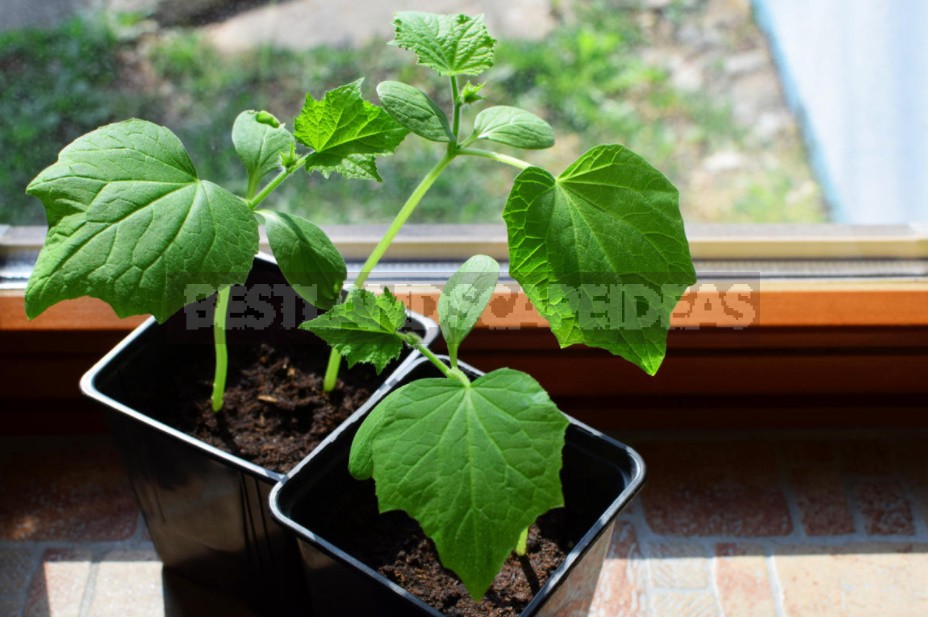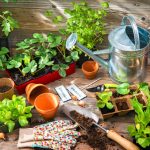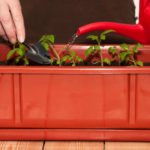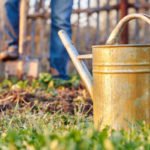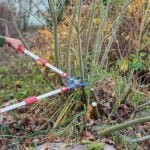What does a novice gardener imagine when he first lays seeds on the ground? Of course, the harvest! Here he is already ripping ripe, warm tomatoes, picking tender cucumbers with prickly pimples, cutting a smooth, shiny eggplant! And what is the experienced gardener thinking about at the same time? Most likely, he mentally tries to take into account all the past mistakes, so that the seedlings do not get sick with a black leg, as last year, the purchased soil does not turn out to be “empty”, and the seedlings do not outgrow. The last misfortune will be discussed. After all, overgrowth is among the top five troubles that happen to seedlings. There may be several reasons for this phenomenon.
Why Overgrowth is bad
But first, let’s understand why you can not allow overgrowth. Or maybe overgrown plants are not so bad? Of course, they do not look very good, it is difficult to take them to the dacha, it is inconvenient to plant them, the aesthetics are violated, but it is not so critical… Alas, the troubles of overgrown seedlings do not end there. If you think that after placing the plant in normal conditions, everything will quickly recover and go on as usual, then you are mistaken.
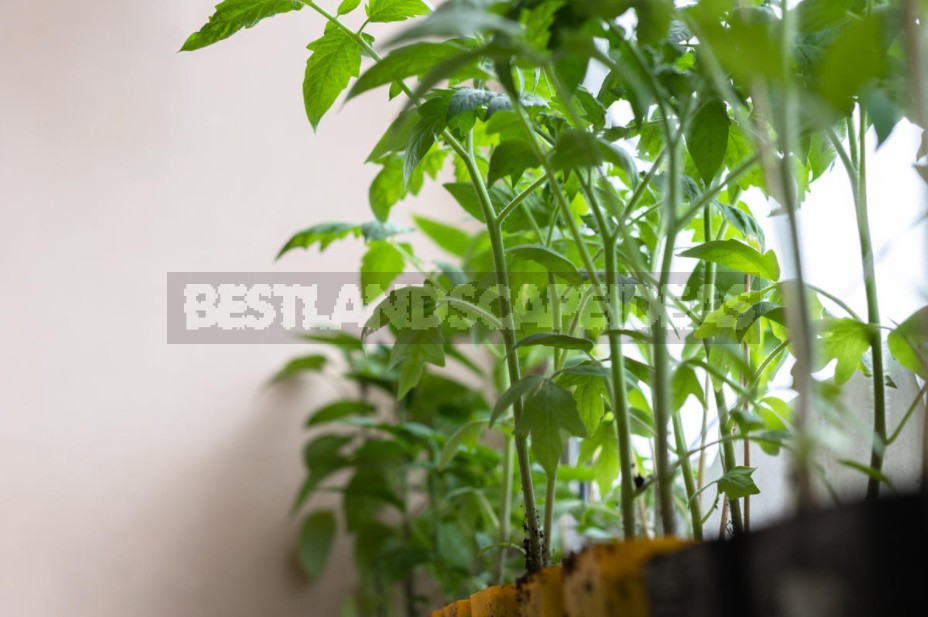
At an early age, plants are laid down a development program — including the types of fruiting. The overgrown seedlings from a young age have incorrect settings. You can say that it is getting off the settings, and the production of the necessary substances is not going according to plan. As a result, the plant does not produce the crop that it would be capable of. Also, in most cases, the immune system suffers, and various diseases “stick” to our green pets. Overgrown plants take longer to take root, so the harvest time is also postponed.
What affects the overgrowth of seedlings
The agricultural techniques of different crops and even different varieties can vary markedly. Some species have no problems experiencing excessive moisture, others can safely wait for watering for several days, not particularly reacting to the dried soil. There are plants of a short day, others without the organization of additional illumination should not be taken to grow… However, there are a number of factors common to all crops that directly or indirectly affect their development, including overgrowth.
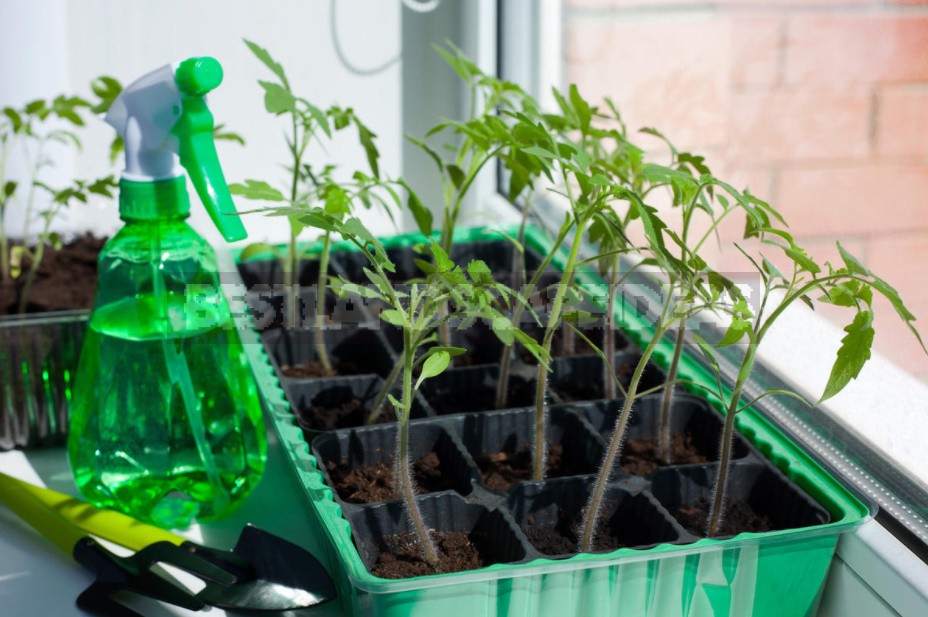
Factor 1. Sowing period
An age-old sore point of many gardeners, even very experienced ones. For each crop, there are specific deadlines for sowing seedlings, without observing which you can become the owners of the jungle on the windowsill. They depend on the recommended age of the seedlings when planted in a permanent place and the date when this can be done in your region. If planted early, the plants will have to be kept on the windowsill for longer, the soil for root development will most likely be sorely lacking, as well as space: our green pets will outgrow. Their life cycle will be disrupted, the” program ” of development will be wrong. As a result, they will not show their capabilities, the return will not be the same.
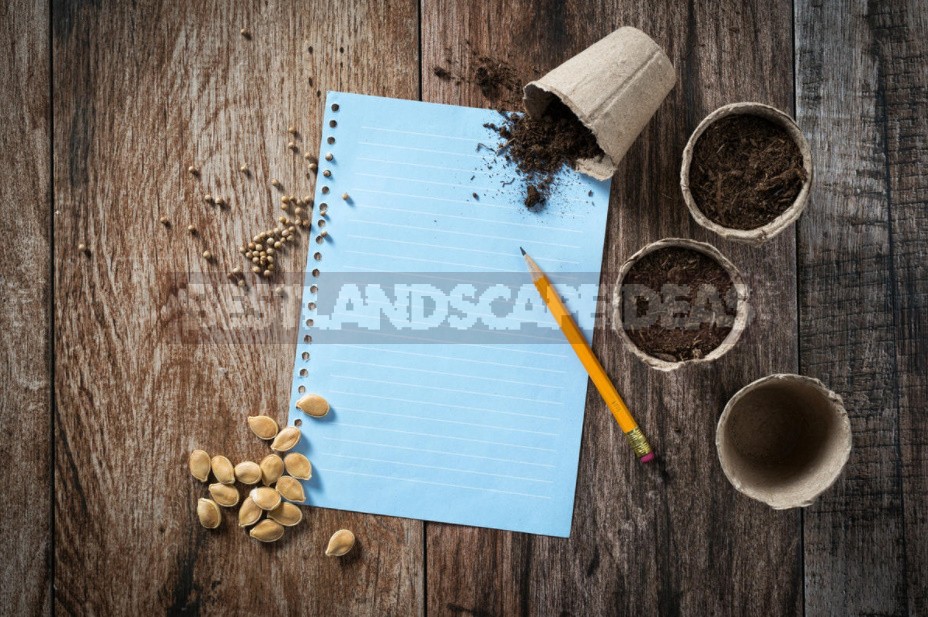
Why do we sow early? This is an interesting question. Someone looks at a neighbor: “Oh, my God, she already has a phytolamp in the window, and I didn’t even start soaking eggplants!” Another is not sure about the seeds: what if they don’t come up — they will have to be sown, time will be lost. This year, because of the unusually warm and snowless winter, some are wondering if it will be possible to plant seedlings earlier. The most correct way is to focus on the average climate indicators and follow the calculations.
Factor 2. Lighting
Almost all crops grown by seedling method need good lighting. This means not only brightness, but also constancy and a certain length of daylight. That is, a large light window oriented to the southeast will not provide enough light in February. First, the weather is too often overcast at this time, and secondly, the length of the day is not sufficient even in the case of clear skies.
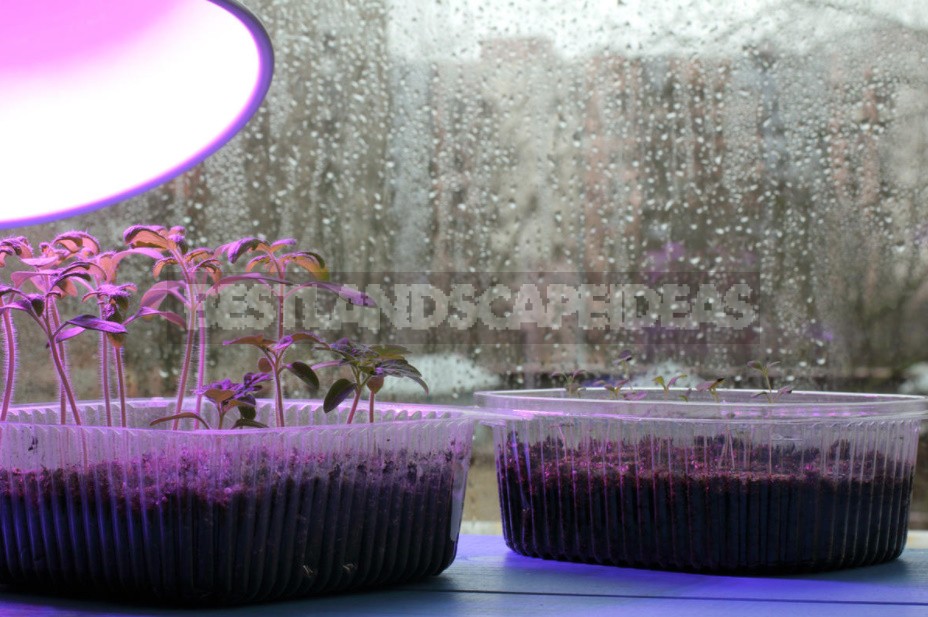
If there is a lack of light, the growth process is disrupted. If we are talking about very small seedlings, they will have long thin stems, pale cotyledonous leaves. Often the plants fall in an effort to get more light. If the problem is not solved, then such seedlings do not give real leaves for a long time, they grow small. Internodes become unnecessarily long and do not correspond to the normal appearance of the culture. The foliage is faded, has a yellowish color, the plant looks stunted, they say about it: stretched.
The lack of lighting is also a consequence of too thickened planting. Then, after picking at an early age, the situation may change, and the plant is further straightened out. However, this does not always happen.
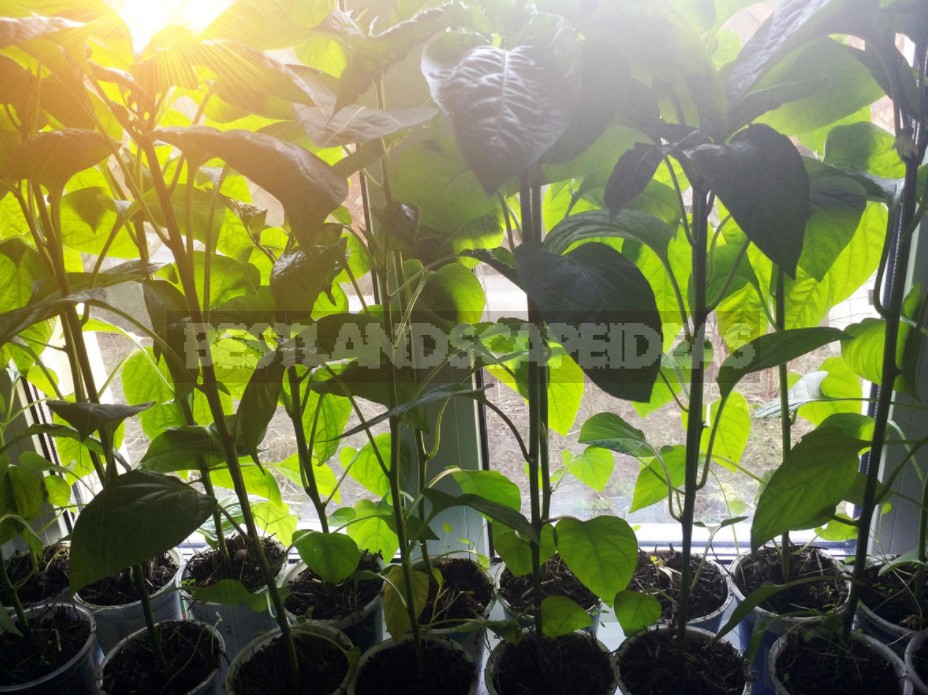
Factor 3. Top Dressing
A balanced diet of the plant at an early age will allow it to be healthy and strong, with good immunity. There are many ways to feed the seedlings, the feeding schedules vary. However, everything is good in moderation. Sometimes, out of the best intentions, the gardener will dilute the fertilizer more strongly and once again pour it. As a result, the seedlings get too much nutrition, or it turns out to be unbalanced. As a result, overgrowth and fattening (irrepressible growth of the aboveground part, lush green foliage) — But such plants are often in no hurry to bloom and tie the fruit: there is no need to multiply, everything in their life has worked out perfectly.
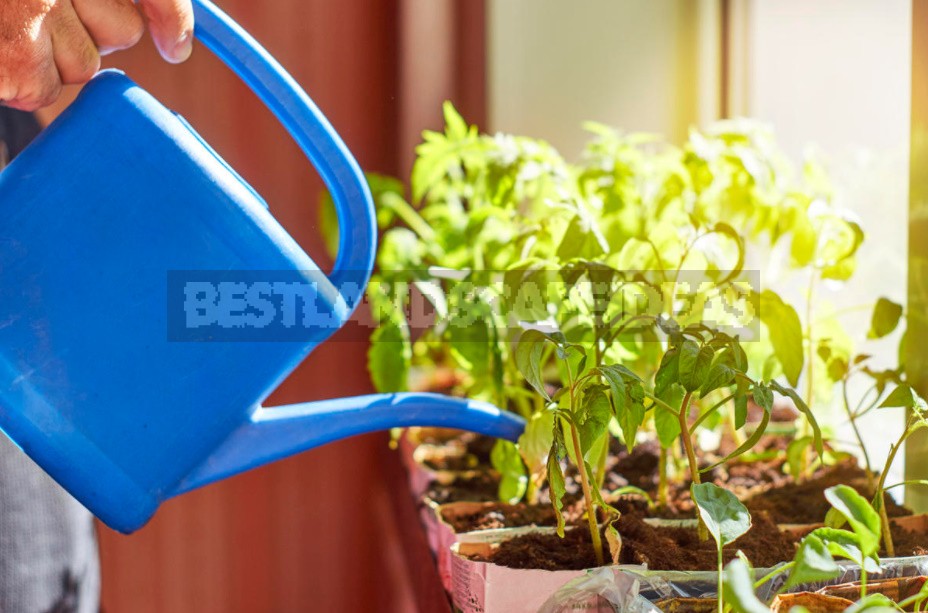
Factor 4. Temperature and humidity
If you carefully study agricultural technology, then a certain growing temperature is recommended for each crop. Moreover, it is not the same for different phases of plant development, day differs from night, and there are other nuances. What happens when we grow all the seedlings on the windowsills of an ordinary apartment? Because of the heating, the humidity in the room is reduced to a minimum, so that household electronic hygrometers are simply turned off. At the same time, the air temperature can be quite high, and the same day and night. But that’s not what plants need.
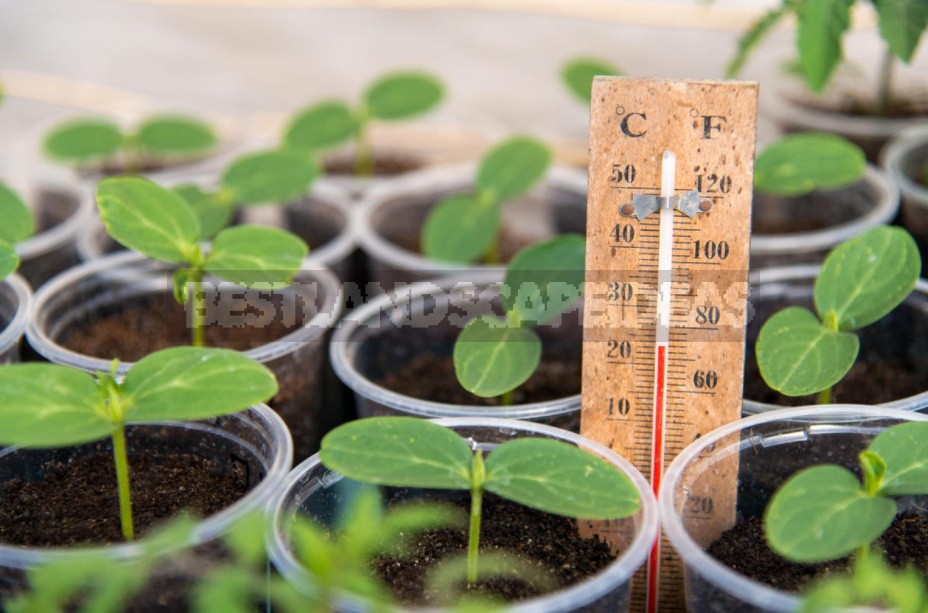
For harmonious development (that is, so that the size of the aboveground part corresponds to the volume of the roots), tomatoes, for example, need a daytime temperature of +22…+25°C, and night +15…+16°C. At the same time, the most favorable humidity is 70-75%. Cucumbers are comfortable at a temperature of +20…+25°C and humidity 80-85%. Dry air is a powerful stress for plants. With insufficient humidity, active evaporation occurs from the surface of the leaf, the roots are forced to absorb moisture more powerfully, and, unfortunately, they do not always cope. The timely synthesis of the necessary substances, including phytohormones, is disrupted, and unnecessary salts accumulate in the leaves and stems.
Solving problems
It is obvious that we have grown seedlings and will continue to grow them in our apartments on windowsills, despite all the imperfection of the proposed conditions. Therefore, first of all, we need to recognize that we will not be able to influence everything, just as we will not be able to create an ideal environment for development. So let’s take a sober look at the situation. If nothing can be changed in the global sense, then you can at least slightly improve the quality of life of seedlings during their stay on the windowsill. To do this, it is enough to observe at least a few of the proposed conditions:
- provide sufficient lighting, first of all eliminating thickening (at least plants should not touch each other with leaves);
- use phytolamps, additional illumination contributes to the formation of strong and visually harmonious plants;
- optimize watering taking into account the air temperature, increase humidity with the help of humidifiers or improvised tools;
- use drugs that help correct the development of the plant, bringing it closer to normal — natural;
- in some cases, it helps to slow down the growth of the aboveground part by transplanting into larger containers (for example, this works well with tomatoes);
- bring the temperature closer to optimal;
- in severely neglected cases, cutting the stem and transplanting its upper part is shown. The remaining plant will slow down growth and give side shoots. Read more about this in the publication Mastering tomato cutting: how to double the number of seedlings.
